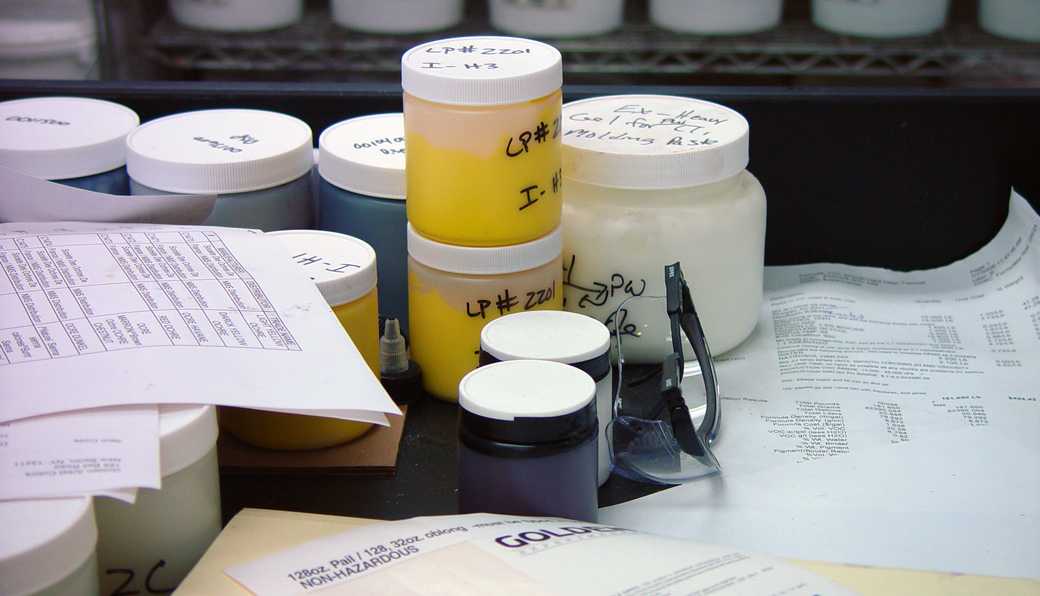Health & Safety
National Poison Control
Phone: 1-800-222-1222
This will route your call to a local poison control center
based on the area code and exchange of the caller.
If the victim has collapsed or is not breathing, call 911.
Statement from the Director of Environmental Health & Safety
The beautiful rolling mix of woods, streams and farmland that surround our facility are a constant reminder of the sanctity of the environment and our relationship to it. This feeling of stewardship extends to our products, the people making them, and to you.
Please use this resource to obtain information regarding art materials in general, and GOLDEN products in particular. We cover product labeling, guidelines for safe use of art materials, waste disposal and environmental impact. We also provide links to other information that we have found helpful. If you don"t find what you need, please contact us.
Ben Gavett
Director of Environmental Health & Safety
The latest Safety Data Sheets are lnked by brand:

Crash Paint Solids: A simple way to make paint water safe for disposal
Using this system, artists can remove acrylic paint solids from waste water for more environmentally responsible and safe disposal. This helps reduce build up of acrylics in household plumbing and septic systems, and facilitates safe disposal of acrylic waste.
Read more about the Crash Paint Solids kit in this Just Paint article.
Animal Ingredients and Animal Testing
Biocides and Skin Sensitivity
Children's Use of Golden Products
Health and Safety FAQ's
Flame Spread Statement
Disposing of wastes generated while painting
Water Reclamation Process in Golden Manufacturing
QoR Labels Explained
Golden Acrylic Labeling Explained
Managing Leftover Paint
Schools Sing the Blues over Heavy Metals
Spraying Safely
Air Travel with Golden Products
CALIFORNIA "Prop 65" WARNINGS ON CERTAIN QOR® WATERCOLORS
European Artists Colours Association homepage
Are PanPastel Colors Nontoxic?
QoR Health & Safety
About Body Painting Safety
Williamsburg Labeling Explained
Health And Safety Labeling
